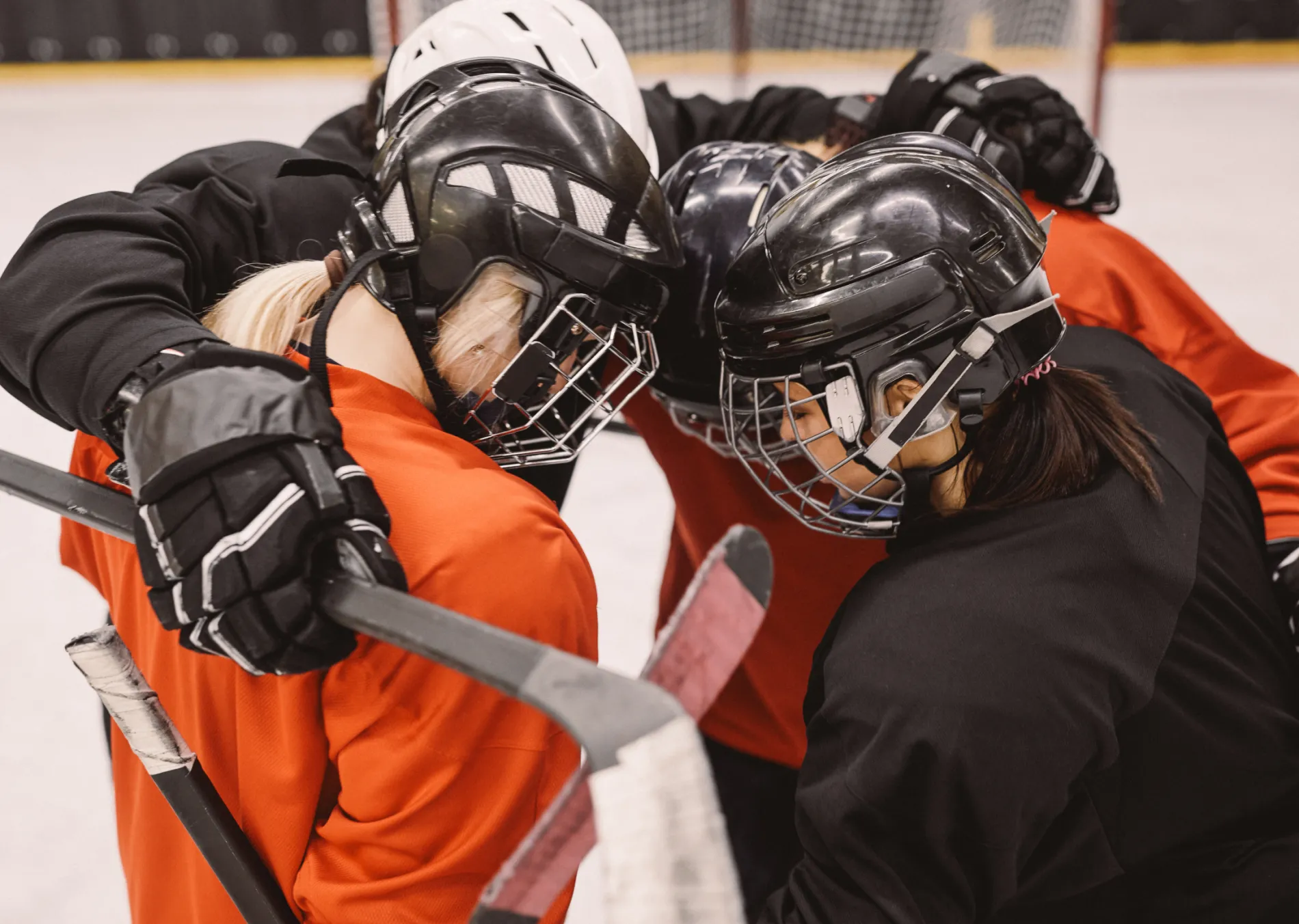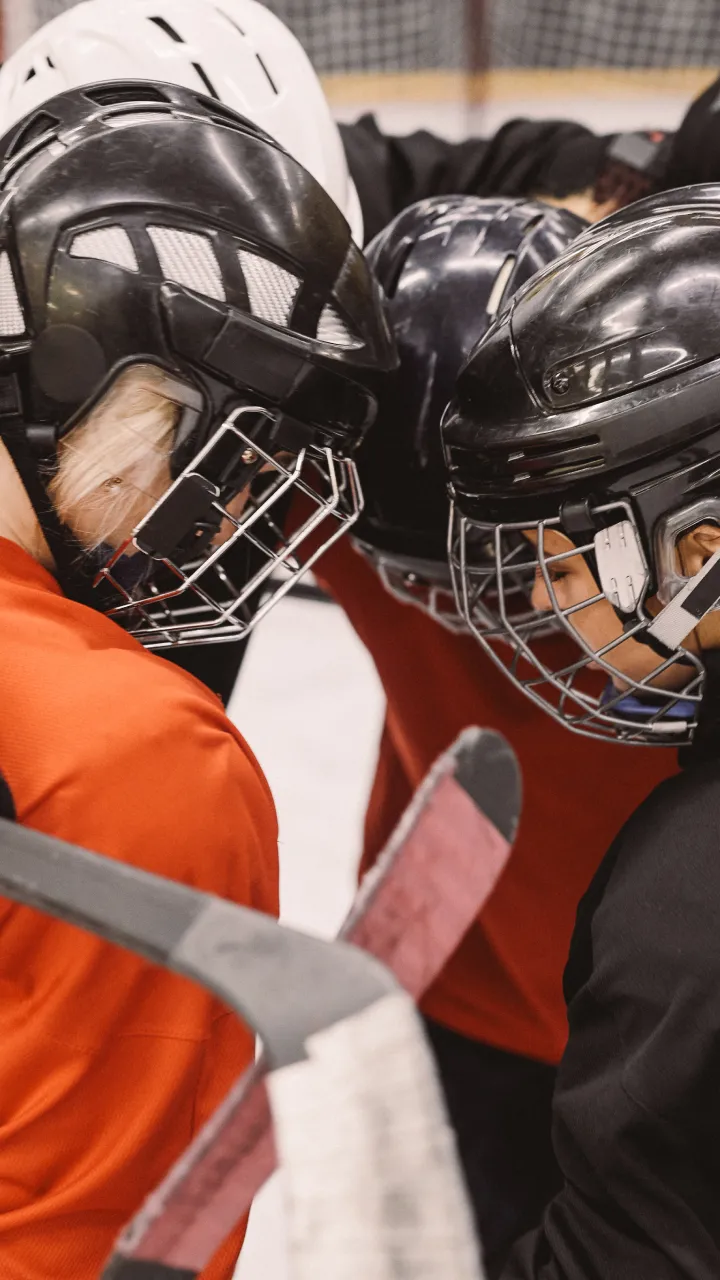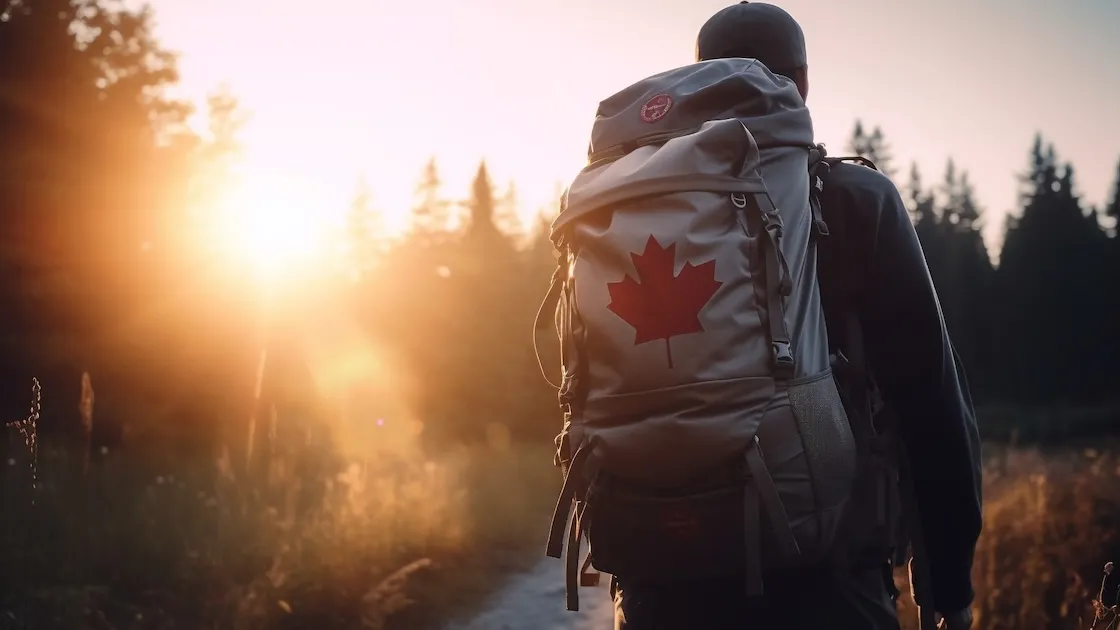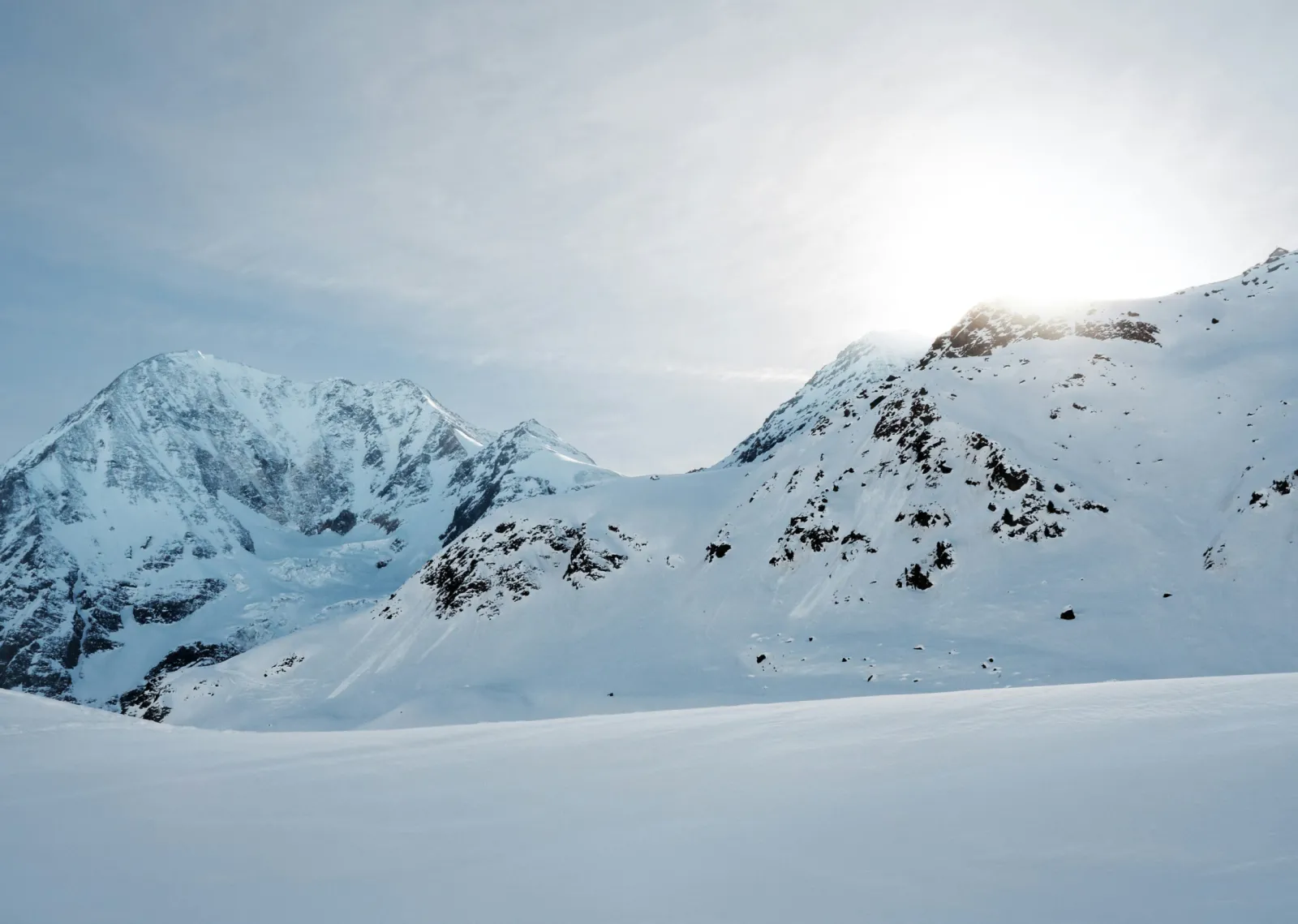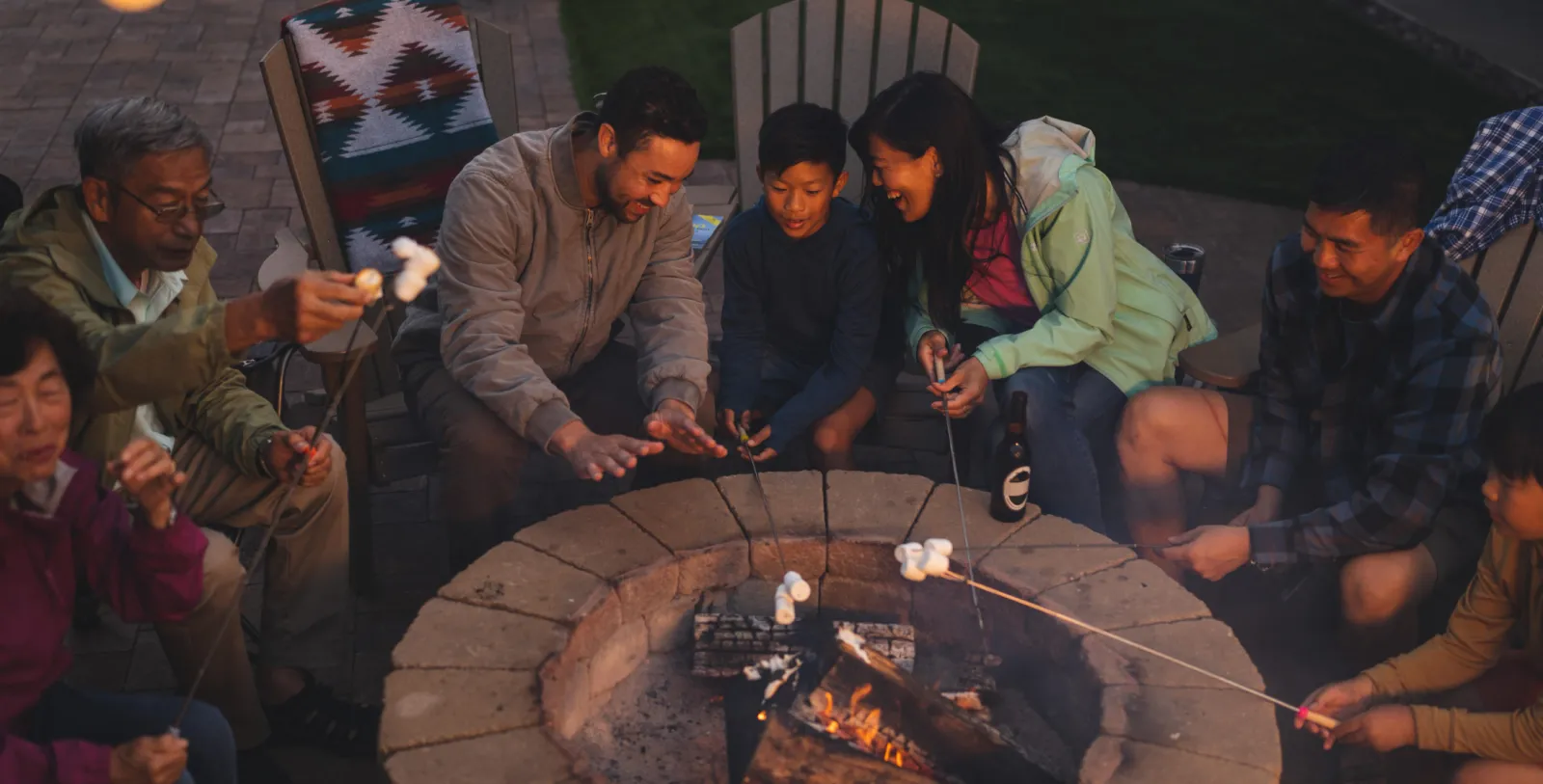Women’s sports: a changing landscape for the outdoor industry to take note
In the sports industry, rarely are women’s sports given the same spotlight as men’s, perhaps because men’s professional leagues still dominate the airwaves and in turn capture high viewership and big advertising dollars. But the new North American Professional Women’s Hockey League (PWHL) is making strides to change this inequity, while inspiring young female athletes everywhere. Can outdoor sports learn from the PWHL? We think so. Below, we’ve outlined a few areas where we see opportunities for the outdoor sporting industry to adopt some of the PWHL’s groundbreaking practices.
January 1, 2024 marked an important day in sports history. The Professional Women’s Hockey League (PWHL) hosted its inaugural game. With a sold out crowd of 2,537 people and 1.113 million viewers tuning in from home to watch New York battle Toronto, the PWHL made history as the most-watched women’s hockey game of all time, and was broadcast across three major networks: CBC, Sportsnet, and TSN. Not only did the game make history, but the positive response from audiences was overwhelming. There were tearful videos of moms watching the game with their young daughters, along with a staggering outpouring of love across all social media channels from women who felt that they were finally being represented in this historically male-dominated space.
For years there has been a demand for equal opportunities for women’s sports to be showcased on the same stage as men’s professional leagues, but ultimately, it often came down to viewership numbers. Fewer viewers of women’s sports meant fewer advertising dollars and profits for networks. Which, in turn, meant fewer opportunities for women’s sports to be showcased. It was (and in many cases, remains) a viscous cycle.
This is a trend also being felt in the outdoor sports industry. Olympic Alpine Skier Charlie Guest recently criticized the FIS for their lack of women’s race coverage at the Junior Alpine World Championships. She emphasizes that by not broadcasting both the men’s and women’s events, it sends a message that female athletes aren’t valued the same as their male counterparts, that they are not deserving of the spotlight and that despite all of their hard work they’ve dedicated to their career, it is not important. She calls on FIS to apologize to the athletes and to take a pledge to do more to make the sport equal across genders.
Additionally, in recent years the International Olympic Committee has made strides for gender equality across sports. In the 2022 Beijing Winter Olympics, 55% of the games participants were male and 45% were female. However, the increase in female participation came with the introduction of more mixed-gender team events, which USA Today points out doesn’t adequately address the issue. Although it allows women to have a chance to take home more hardware, it is still adding more male athletes into the mix, not addressing the equality issue. Women who compete in mixed teams are also often already attending the games for another event, and therefore it is not actually adding additional female athletes into the mix.
So how can the outdoor sport industry take a page out of the PWHL’s book?
Inspiring Younger Generations Through Viewership
Girls today are dropping out of sport at an alarming rate. Dove highlighted this in their most recent Superbowl commercial, stating that 45% of girls quit their sport by the age of 14. It’s now more important than ever for sport organizations to put women’s sports at the forefront and give them as much prominence as male events.
In Charlie Guest’s post, she emphasizes that the future of women’s ski racing depends on the next generation. Yet how are young girls supposed to dream of being professional ski racers when they aren’t seeing this representation on screen?
By putting women’s games/events on display as the PWHL fought to do, it sends a message to the next generation of women that they belong in the sport just as much as their male counterparts.
Recognizing Female Athletes
PWHL sponsor Molson recently announced its “See my Name” campaign, which moves the logo placement of their sponsorship from the bottom of the jersey to the top, typically underneath where a female athlete’s hair falls. As per the PWHL’s website “this initiative seeks to foster greater inclusivity and equality in sports, sending a powerful message that disproportionately represented female athletes deserve to be seen, recognized and celebrated” with the campaign tagline being “we covered our name, so hers could be seen”.
This recognition of the importance of female athlete representation is something the outdoor sport world should take note of. Allowing for more and equal opportunities for female athletes to compete at a high level is critically important, particularly in the Olympics, the biggest sporting competition in the world.
Although there is still a long way to go when it comes to equality in men’s and women’s sports, the PWHL is a hopeful step in bringing women’s sports into the spotlight. We only hope that the outdoor industry is paying attention… and following suit.
